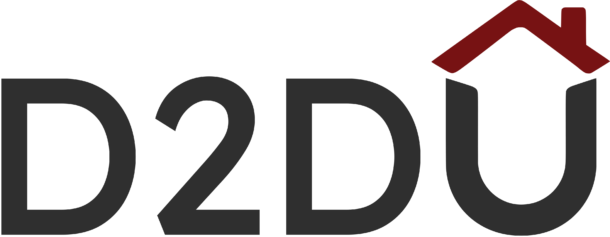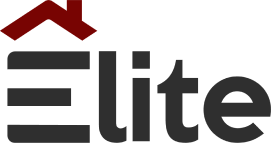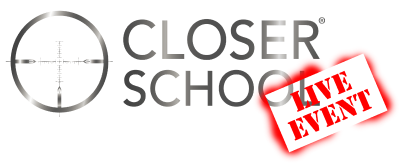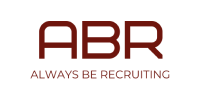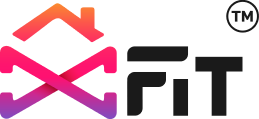THE D2D EXPERTS
Make More Money in Door to Door Sales – Sell More, Recruit More, and Scale Your Business
The League
Unlock unparalleled growth in sales, leadership, and recruitment with the premier mastermind group in the door-to-door industry. Engage with top-tier leaders and propel your growth to new heights. “The League” encompasses a comprehensive suite of our events and services, tailored to meet your specific needs. We offer two distinct memberships: the Elite League, designed for representatives and managers, and the Circle League, exclusively for business owners. Each membership tier provides access to various ticket levels and a curated selection of services, ensuring you receive the support and resources necessary for success.
D2D UNIVERSITY
•Door to door sales, leadership, recruiting and sales training from the best minds in the business to simply copy and paste your way to success.
•Make 10x more than you are making today by avoiding what not to do, and applying the best methods in the industry.
•Solar, Pest, Alarms, Roofing, Recruiting, Sales, D2DU 101
•Customize your companies training. We film, edit, and white label our platform to make a training system you can scale fast.
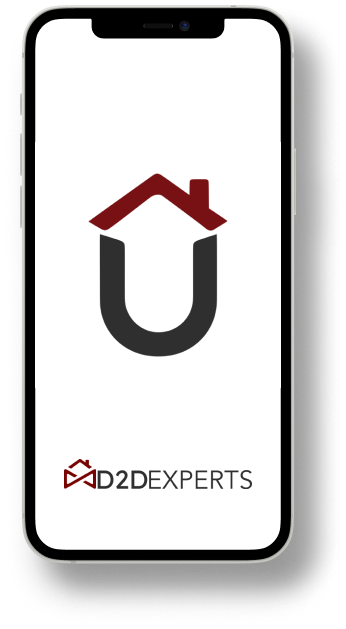
D2D Testimonials
Upcoming Events
There is always something exciting happening at the D2D Experts! Don’t miss these upcoming events.
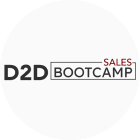
Sales Bootcamp
Prepare yourself for a transformative learning experience where you’ll gain the expertise and confidence to close more deals and achieve greater sales success.
May 7-8
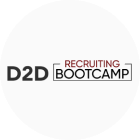
Recruiting Bootcamp
Transform your recruitment strategies and elevate your skills to new heights.
May 9-10
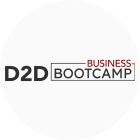
Business Bootcamp
Learn proven systems to implement right away in your business to become 10x more profitable than you are today.
June 4-5
The Circle
•Join a community of Xperts to Xperience life at it’s fullest
•The speed of the leader, is the speed of the team
•Uplevel yourself with Xpanding your network and how you show up as a leader
•Create opportunities outside of just your normal day to day, and Xperience life on a whole new level
•Monthly Challenges, accountability, educations, events and more!
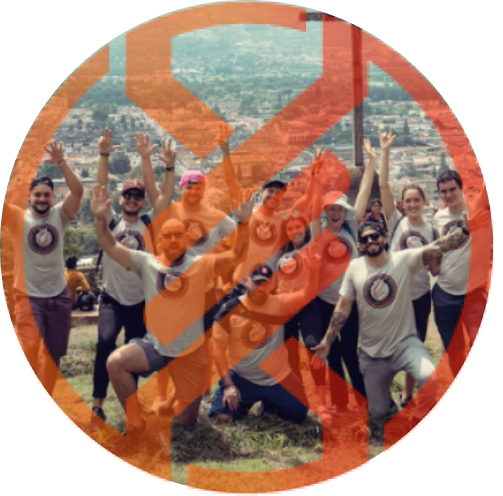
The League Competitions
•Level Up and Battle out in the Streets
•Get access to the League Competitions
•2 coaching calls every month, 8am every other Tuesday
•The League Competitions:
2024
Calendar of Events
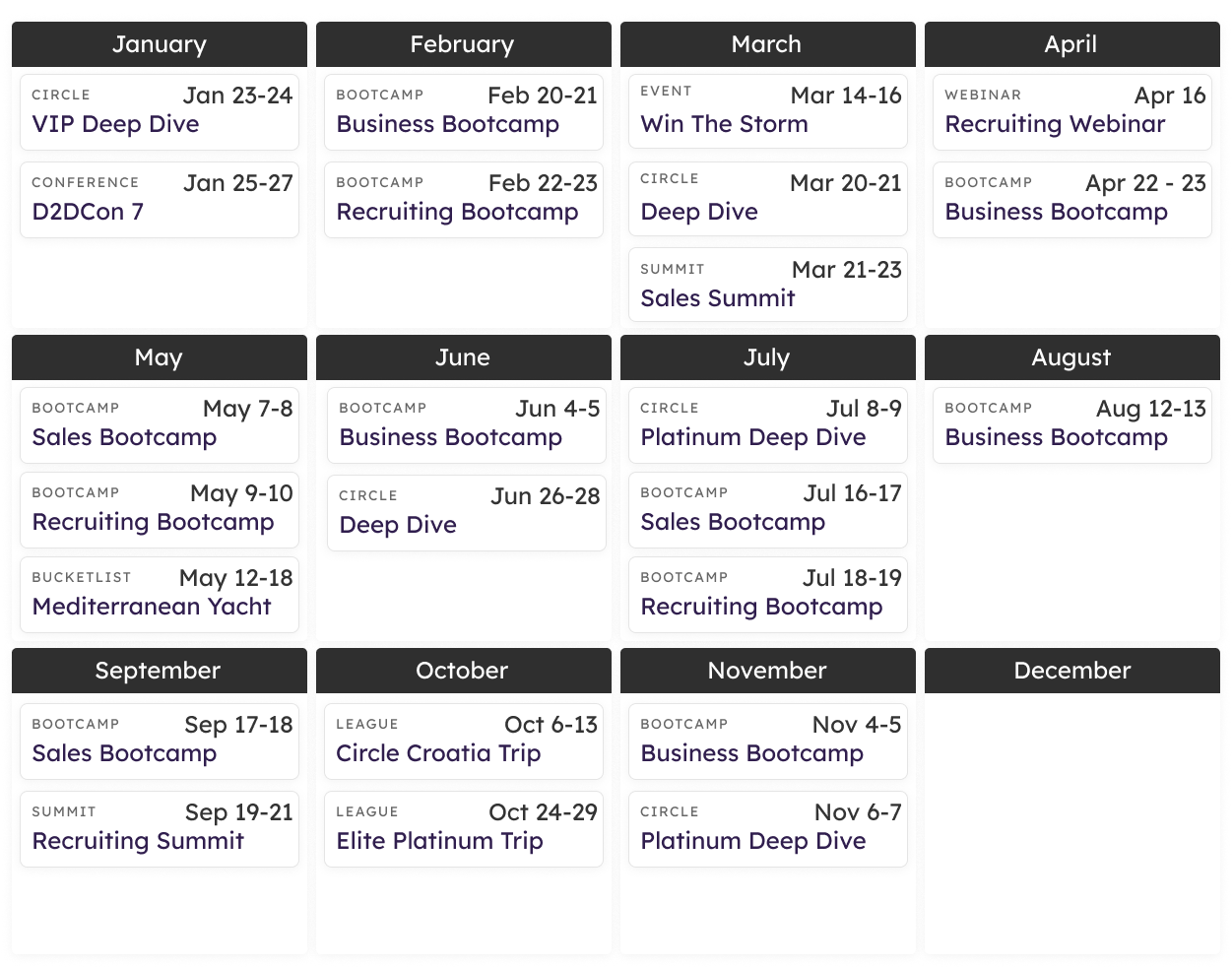
D2D CONSULTING
• Fine tune your business from the ground up.
• Get out of your own way, and learn from proven Xperts by diving into the details of your business.
• Structures, Pay-scales, Recruiting Systems, Training Programs, Leadership, Knocking, Culture & Competitions.
SAM TAGGART
Founder of The D2D Association, D2DCon, speaker, author of “ABC’$ of Closing”, podcaster, and CEO of The D2D Experts. He built a multiple 7 figure consulting business in under 3 years. He has consulted over 150 businesses nationwide creating, implementing, and growing door-to-door programs. Selling over 400 personal alarm accounts finishing #1 at Vivint and former VP of Solcius, Sam felt called to create something greater. Sam has a strong passion for influencing and leading others. Sam’s mission is to unify, uplevel, and bring honor and integrity to the D2D industry. He founded two successful tech platforms, Recruit-O-Matic, Vanilla Message and is an Avid Real Estate and Crypto Investor. Sam is full of energy and his moto is “FULL SEND” as he continues to try and push himself in all aspects of life: Running ironmen, to dunking a basketball, or learning new skills.





